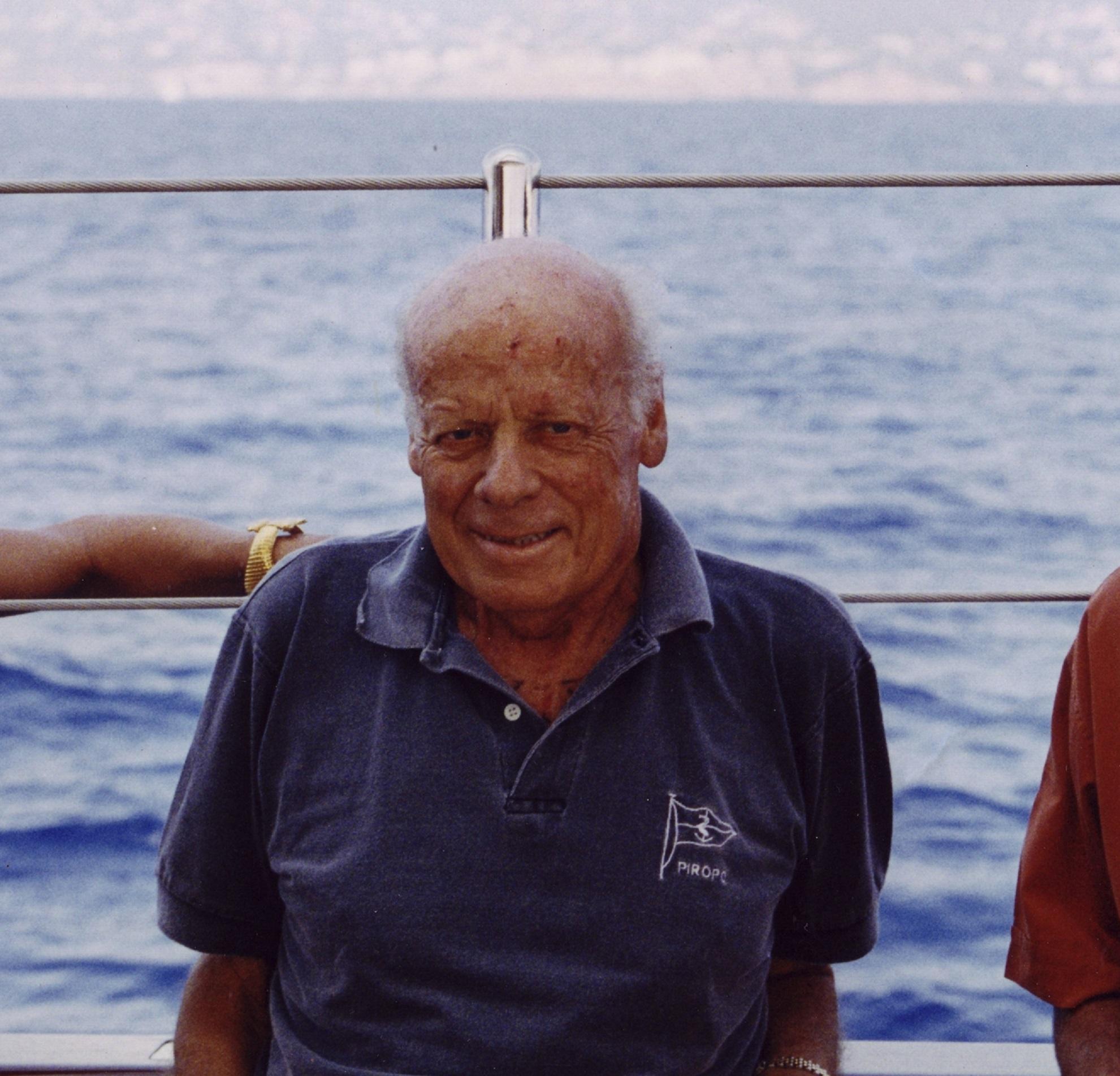Almost to this day 27 years ago, Ricardo Sicre Cerdá, aka Richard Stickler, died at his home in Palma. Originally from Barcelona, he was a republican who fled Spain. Robert Graves helped him get a job as a military instructor in London. In 1942 he went to America, where he became a counter-intelligence officer for the OSS, the Office of Strategic Services, the forerunner of the CIA. He copied secret codes at the Spanish Embassy in New York.
He was to return to Spain and eventually amass a great fortune. The Franco regime knew full well who he was, as his collaboration had gone much further than copying codes. During the Second World War, the Americans set up a spy network in Spain. Sicre (Stickler) was joint head of this OSS operation.
Sicre had a contact in the Brigada Político Social, Franco’s secret police, who ensured that he wouldn’t face reprisals. Back in Spain, he was involved with the World Commerce Corporation. This corporation enjoyed a good trading relationship with the regime, as it appeared to be operated by anti-communists. By 1955, Sicre had branched out on his own. He secured exclusive rights to the distribution of Pepsi-Cola.
The story of “Agent Sicre, the American Friend” was told in a 2013 documentary. One of his sons, Emilio, later spoke to the newspaper El País about his father at his villa in Puerto Pollensa. The impression given is of an extraordinary man, one who reconciled himself to a life of pragmatism under Franco, and who had got his business opportunities under the protection of the World Commerce Corporation. The pragmatism was seemingly two-way. The WCC was acknowledged to have been a nest of spies.
I have no way of knowing if my Mallorcan friend and Sicre ever met, let alone discussed their pasts (or possibly presents), but for Sicre in particular there may well have been times when he feared that the pragmatism would be supplanted. In this regard, however, he was fortunate in that Spanish-American relations were positive. At the time of Franco’s death, Richard Nixon was to say: “General Franco was a loyal friend and ally of the United States. He unified a divided nation through a policy of firmness and fairness towards those who had fought against him.” In referring to fairness, Nixon might have had Ricardo Sicre in mind.
Sicre’s OSS operations didn’t involve Mallorca, but the island, like the WCC, was its own nest of spies. This was especially the case during the war because of Mallorca’s strategic location in the Mediterranean and despite Spain ostensibly having been neutral. But a question that has never been answered is for how long after the war. The news of the exhibition of Tomàs Harris’s exhibition in Palma is a reminder of what spying activity there may have been. The road accident in which he was killed in 1964 may not have been an accident. In which case, who arranged for his death? Soviet or British agents?
Miquel Ferrà i Martorell, who writes the Historical Perspective articles in the Bulletin on Thursdays, knew Harris. In August 2013, Miquel wrote about that car journey in January 1964: “It is believed that he had in fact been heading for Portocolom where he was to meet secret agents who had arrived there on a yacht. It began to emerge, to the surprise of many, that Harris had, all this time, been associated with the Cambridge network of spies who had studied at the university and who had been recruited by the KGB: Burgess, Maclean, Philby, Blunt.”
Harris and his wife had apparently stopped in Palma on their journey from Camp de Mar. They went to the Bar Central and drank bloody Marys. Researcher Andreu Jaume has dismissed both the notion of there having been some “conspiracy” and of Harris having been disloyal to the British Crown. Nevertheless, the speculation has never gone away.
The nest of spies is littered with some familiar names, like Tomàs Harris, and others who are less familiar. Take Otto Kumenius, for example. He was a Finnish anti-espionage officer during the war and later worked for Swedish intelligence. He moved to Mallorca in the mid-50s and ran a hotel and restaurant. Was there anything else? There was. It was rumoured that in the 1960s he was involved with the dismantling of a Soviet spy network in Mallorca. He died in Alaro in 1996.
There wasn’t only potential Soviet activity after the war. The CIA files on banker Joan March, who played both sides during the war, established that there was no shortage of Nazis resident in Mallorca after the war. Military people and scientists, they were the focus of what in 1947, according to the CIA, was an imminent resurgence of the Nazi Party. As that was the case, you can be certain that there was much intelligence-gathering going on.
The world of spies is not without its romance, and if we’re looking for an additionally romantic angle to attach to the tales of spies in Mallorca, then how about this one? Some time in 1963, it is said that Christine Keeler came to the island to escape the heat of the Profumo affair. Well, did she? Perhaps we can’t believe everything that is rumoured about spies and those who knew them.


No comments
To be able to write a comment, you have to be registered and logged in
Currently there are no comments.